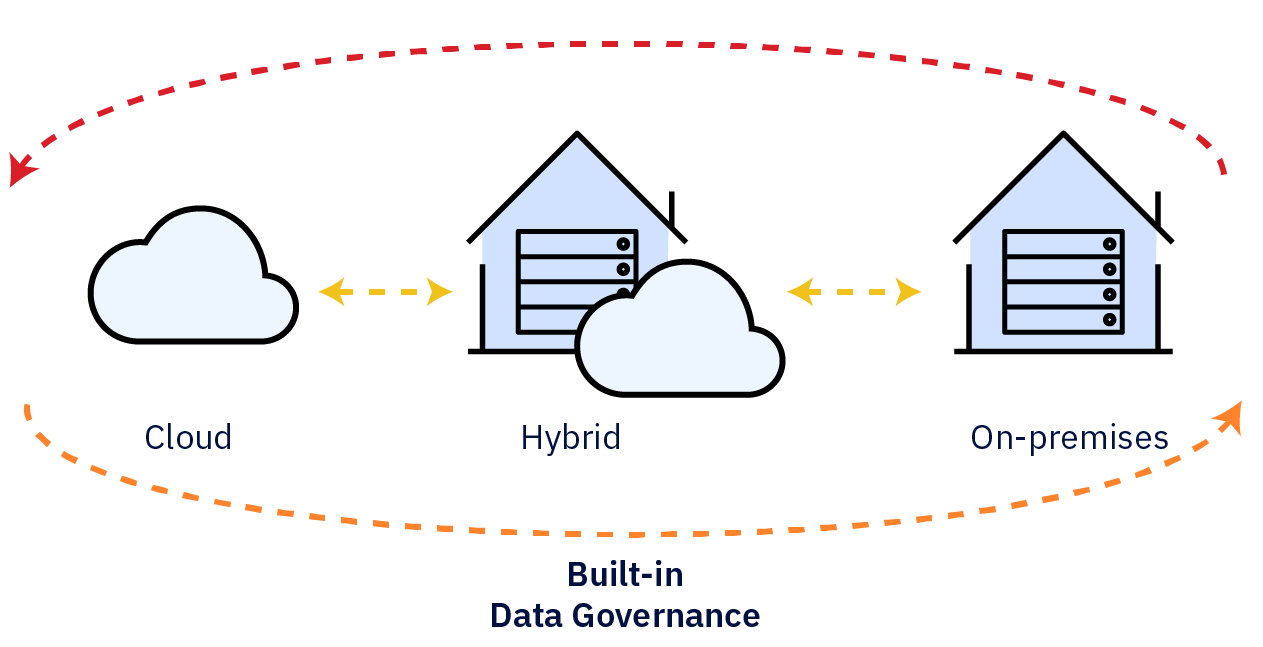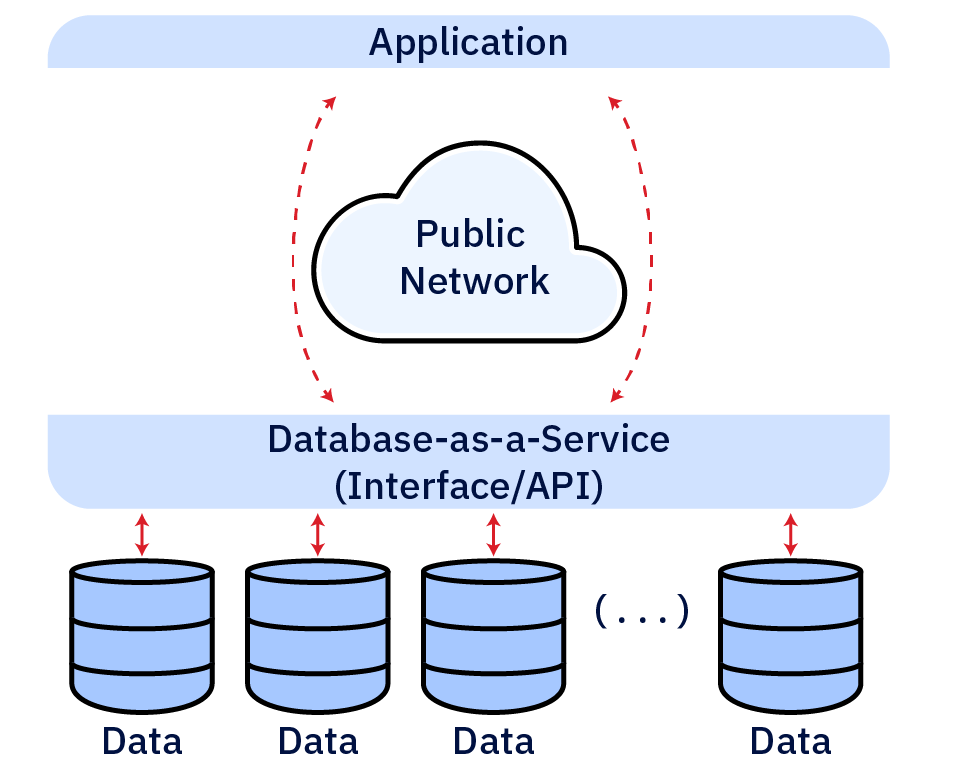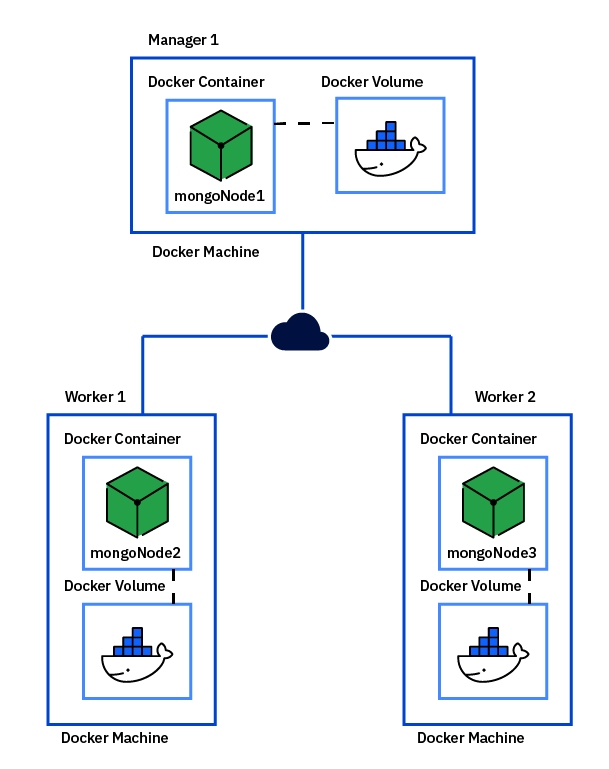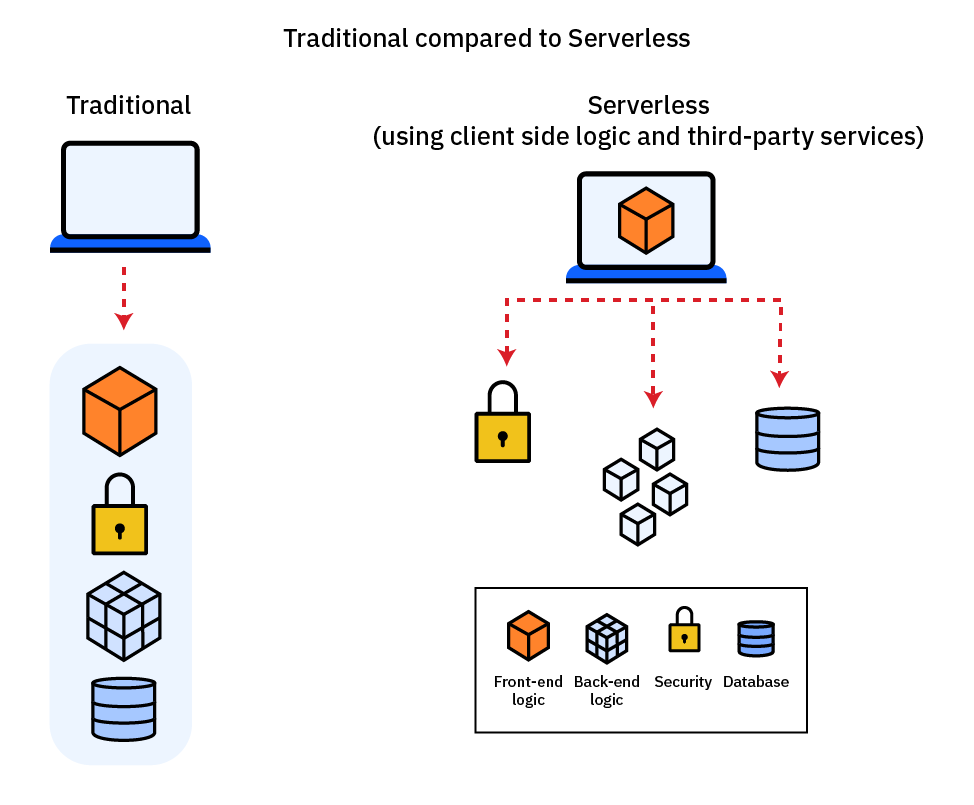NoSQL Deployment Options
Database deployment options refer to the various methods and strategies for implementing and managing databases within an organization. Choosing the right deployment option is crucial for optimizing performance, scalability, and efficiency. Here, you’ll explore some common database deployment options and their key characteristics.
On-Premises
On-premises deployment involves hosting the entire database infrastructure within the organization’s physical location or a dedicated data center, providing full control and compliance with regulatory requirements but with high upfront costs and limited scalability.
Example
An organization manages customer relationship data using an on-premises Oracle Database installed on dedicated servers within its corporate data center
Advantages
Full control: Organizations have complete control over hardware specifications, software configurations, and security measures.
Compliance: On-premises solutions might be necessary for industries with stringent regulatory or compliance requirements.
Challenges
Upfront costs: High initial investments in hardware, infrastructure, and skilled personnel.
Scalability: Limited scalability compared to cloud alternatives, which might result in challenges during periods of rapid growth.

Cloud deployment
Cloud deployment involves utilizing cloud service providers to host and manage databases over the internet. Cloud deployment offers scalability, cost-effectiveness, and automation. However, cloud deployments have connectivity dependencies and can be prone to security concerns.
Example
A startup leverages Amazon Web Services (AWS) to deploy and host its e-commerce database, utilizing Amazon relational database service (RDS) for scalability and managed database services.
Advantages
Scalability: Resources can be scaled up or down based on demand, providing flexibility and cost savings.
Cost-effectiveness: Pay-as-you-go pricing allows organizations to pay only for the resources they consume.
Automation: Cloud providers handle routine maintenance tasks, updates, and backups.
Challenges
Connectivity dependencies: Relies on internet connectivity, which might pose issues in areas with limited or unreliable access.
Security concerns: Requires robust security measures to protect sensitive data from unauthorized access.
Hybrid deployment
Hybrid deployment combines on-premises and cloud solutions, allowing organizations to distribute data and workloads based on specific needs, providing flexibility and enhanced disaster recovery capabilities; however, effective integration between on-premises and cloud environments requires increased administrative complexity and costs.
Example
A financial institution stores sensitive customer information, such as account balances, in an on-premises database while utilizing a cloud-based service, like AWS Lambda, for processing non-sensitive data analytics workloads.
Advantages
Flexibility: Companies can keep sensitive data on-premises while using the cloud for scalable and dynamic workloads.
Disaster recovery: Companies can use cloud storage for backups, enhancing disaster recovery capabilities.
Challenges
Integration complexity: Integration complexities require effective integration between on-premises and cloud environments for seamless operation.
Management overhead: Monitoring and managing two different environments might increase administrative complexity.

DBaaS
Database as a service (DBaaS) provides a fully managed database solution where the service provider handles administrative tasks, allowing organizations to focus on application development. When using DBaaS, organizations focus on application development but usually have limited control over underlying infrastructure and data security.
Example
A software development company uses Microsoft Azure SQL Database as a DBaaS solution to host and manage its relational databases, allowing developers to focus on application development rather than database administration tasks.
Advantages
Reduced overhead: Organizations benefit from reduced administrative tasks, including maintenance, backups, and updates.
Rapid deployment: Quick deployment without the need for in-depth database expertise.
Challenges
Limited control: Organizations have less control over underlying infrastructure, which might be a concern for some organizations.
Data security: Trusting a third-party provider with sensitive data raises security and privacy considerations.

Containerized deployment
Containerization involves packaging the database and its dependencies into containers for consistent deployment across various environments, which can ensure consistent operations and resource efficiency—however, if containerization practices are not already in place, the company will need time for employees to gain knowledge of container orchestration tools and implement them.
Example
A tech company adopts Docker containers to deploy its microservices-based application, with each microservice encapsulating a specific function and a separate container running a MongoDB database.
Advantages
Portability: Containers ensure consistent operation across development, testing, and production environments.
Resource efficiency: Lightweight containers consume fewer resources compared to traditional virtual machines.
Challenges
Orchestration complexity: Production-scale deployment requires knowledge of container orchestration tools like Kubernetes.
Learning curve: Teams might need to familiarize themselves with containerization concepts and tools.

Serverless deployment
Serverless architecture provisions and scales database resources automatically based on demand, with organizations paying for actual usage, eliminating manual provisioning and maintenance of server resources, and leading to cost savings. However, companies usually have limited control over the underlying infrastructure, and serverless deployments might not be technically suitable for all databases or workloads.
Example
A mobile app developer utilizes Google Cloud Firestore as a serverless NoSQL database for storing user data, where the database scales automatically based on demand, and the developer only pays for the data storage and operations used by the app.
Advantages
No manual provisioning: No need for manual provisioning or maintenance of server resources.
Cost savings: Efficient resource utilization leads to cost savings as organizations only pay for the resources consumed.
Challenges
Limited control: Organizations have less control over underlying infrastructure, which might concern some organizations.
Applicability: Serverless might not be suitable for all types of databases or workloads due to architectural constraints.